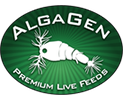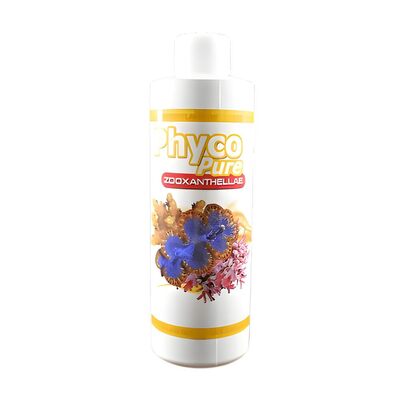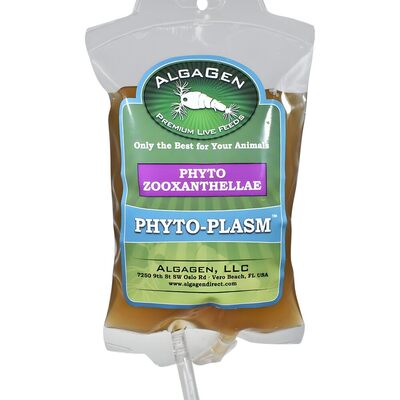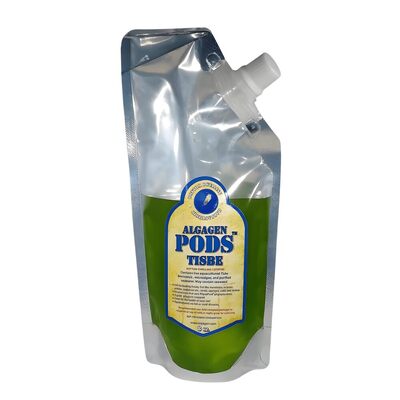Protein is essential for the growth, health, and overall vitality of marine life in aquaculture. It is critical in muscle development, immune function, and reproductive health. For aquaculture professionals, selecting high-quality protein sources is crucial to ensuring the success and sustainability of their operations. This article explores several top protein sources for marine diets, highlighting their benefits, applications, and impact on marine aquaculture.
Fish Meal
Fish meal has long been the backbone of commercial aquafeeds due to its high protein content, balanced amino acids, and excellent digestibility. It is typically produced from small, oily fish like anchovies, sardines, and mackerel, which are not generally used for direct human consumption. These fish are rich in long-chain omega-3 fatty acids, which are crucial for developing brain and visual systems in marine species. These fish obtain their proteins and fatty acids from a diet rich in microcrustaceans and copepods, which in turn obtain their nutrition from phytoplankton.
The use of fish meal in aquafeeds promotes rapid growth and high feed efficiency, making it a highly influential component of diets for carnivorous and omnivorous species. However, sustainability concerns related to overfishing have prompted the aquaculture industry to seek alternative protein sources that can supplement or replace fish meals in marine diets.
Squid Meal
Squid meal is derived from the by-products of squid processed for human use. It is particularly valued in aquaculture for its high protein content and palatability, which can significantly enhance the attractiveness of feeds to various marine species. Squid meal provides a rich source of taurine, an essential amino acid that supports metabolic processes and is crucial for the health of many fish species, particularly those in intensive farming environments.
Additionally, squid meal's high digestibility helps improve feed conversion ratios, reducing waste produced in aquaculture operations. This can lead to better water quality and lower environmental impact.
Krill Meal
Krill meal is made from Antarctic krill, tiny crustaceans that feed on phytoplankton. This protein source is rich in high-quality protein, phospholipids and astaxanthin, which are valuable for improving the nutritional profile of aquafeeds. Phospholipids play a critical role in cell membrane structure and function, enhancing marine animals' overall health and robustness.
Including astaxanthin, a powerful antioxidant, in krill meals helps improve the coloration of fish and shrimp, a desirable trait in many marketable species. Furthermore, krill's omega-3 fatty acids are bound in a remarkably bioavailable form, enhancing their nutritional effectiveness.
Insect Meal
Insect meal offers a sustainable and high-protein alternative to traditional marine protein sources. Produced from insects like black soldier fly larvae, mealworms, and crickets, insect meal is recognized for its high protein content and favorable amino acid profile. Insect meal production has a lower environmental footprint, requiring less water and land and producing fewer greenhouse gases than traditional livestock or marine protein production.
Insect meal also contains other essential nutrients like lipids, vitamins, and minerals, making it a holistic protein source supporting marine species' health and growth. Its use in aquaculture is growing, mainly as regulatory environments increasingly support its inclusion in animal feeds.
Algal Proteins
Algal proteins such as spirulina and chlorella are emerging as excellent plant-based protein options for marine diets. These microalgae are high in protein and include essential fatty acids, vitamins, and antioxidants. Their inclusion in fish diets can help improve immune functions and overall fish health, crucial for reducing disease outbreaks in aquaculture systems.
Moreover, algae production does not compete with human food production resources, making it a sustainable choice for expanding aquaculture feed resources. Integrating algal proteins into marine diets supports the diversification of protein sources and reduces dependency on capture fisheries. A recent trend in both aquaculture and marine ornamental production and husbandry is the use of Live Feeds. Live Feeds such as copepods provide high levels of protein as well as necessary enzymes that help stimulate and promote digestion and assimilation of nutrients. In addition, live feeds stimulate natural feeding behaviors in the animals under culture.
Conclusion
As the aquaculture industry grows, the need for diverse, sustainable, and adequate protein sources becomes increasingly important. From traditional options like fish meal to innovative alternatives like insect meal and algal proteins and the expanded efficient use of Live Feeds, the variety of available protein sources offers promising prospects for the future of marine diets. These sources meet marine species' nutritional needs and address environmental and ethical considerations, paving the way for a more sustainable aquaculture industry.





Recent post